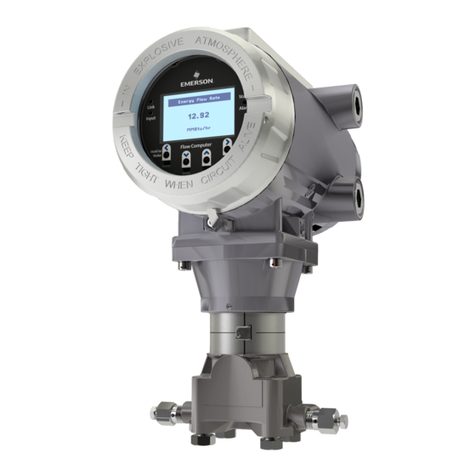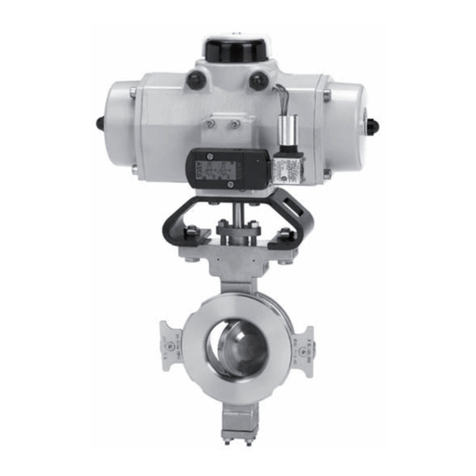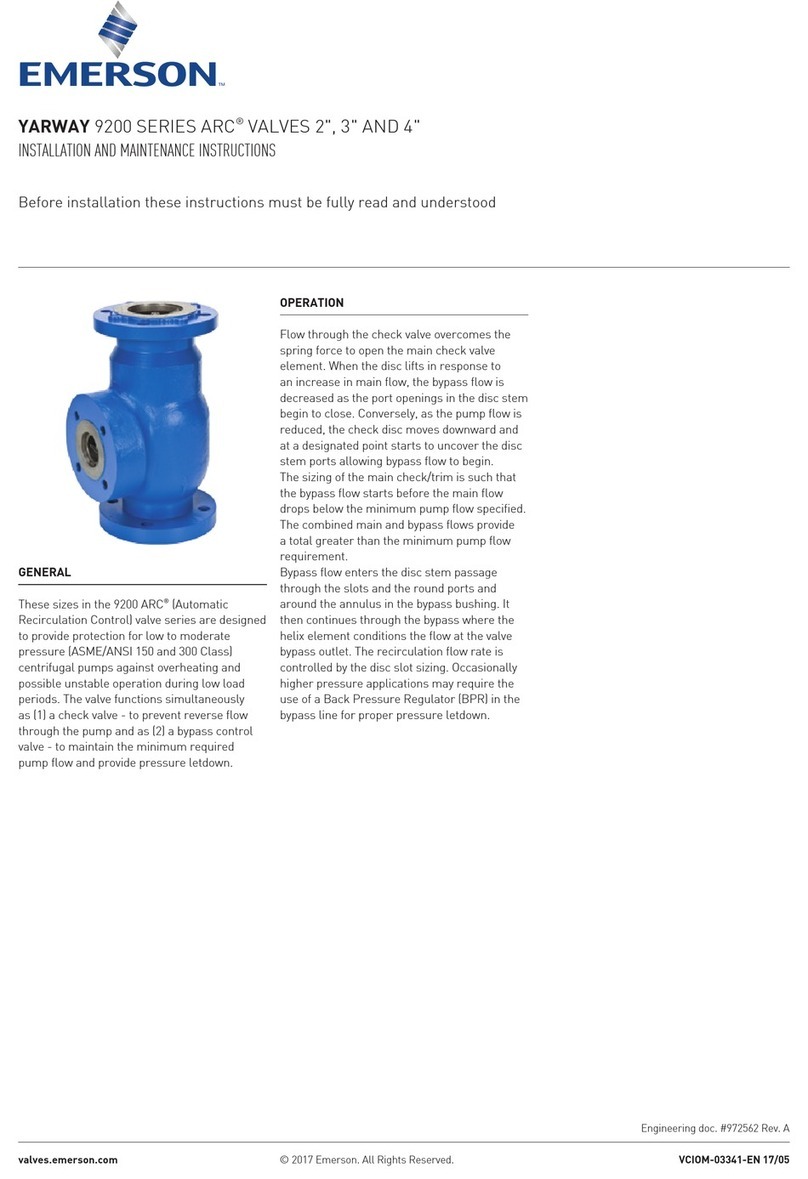Emerson Fisher N100 Series User manual
Other Emerson Control Unit manuals

Emerson
Emerson Rosemount 2410 User manual

Emerson
Emerson ANDERSON GREENWOOD 9300H User manual

Emerson
Emerson RSTi-OM User manual
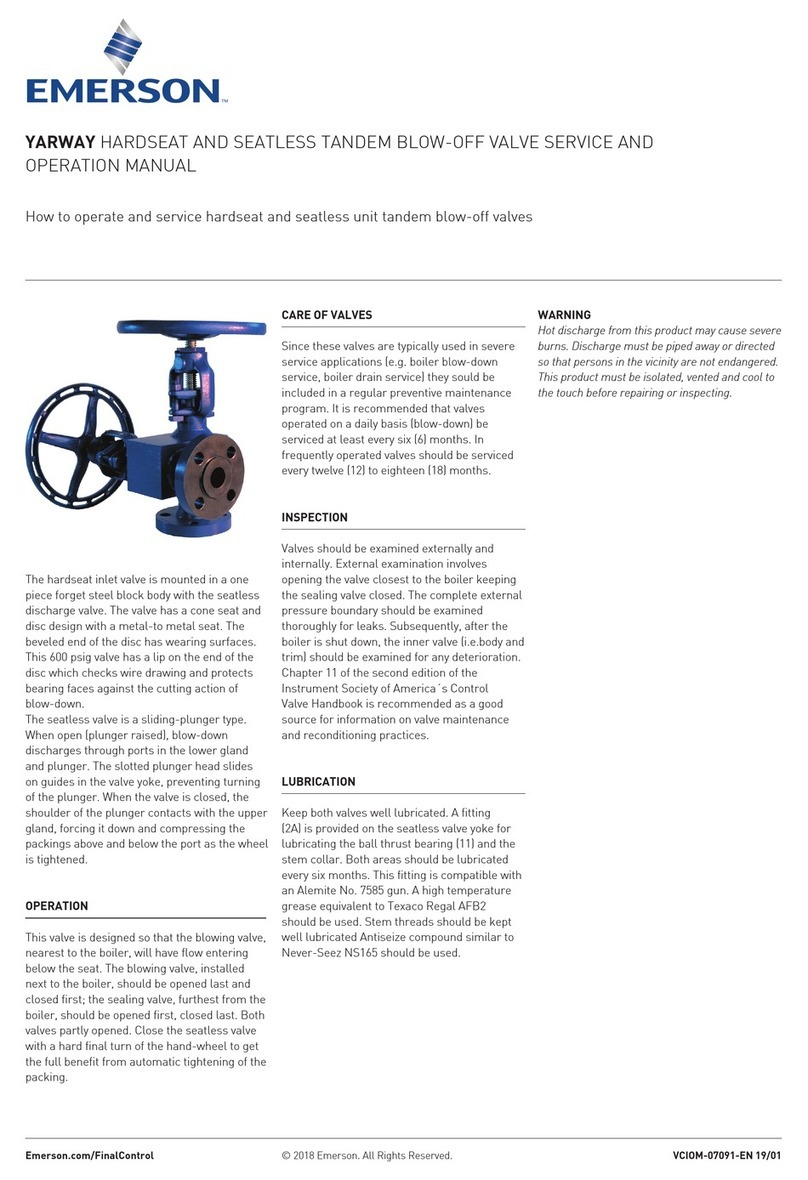
Emerson
Emerson Yarway User manual
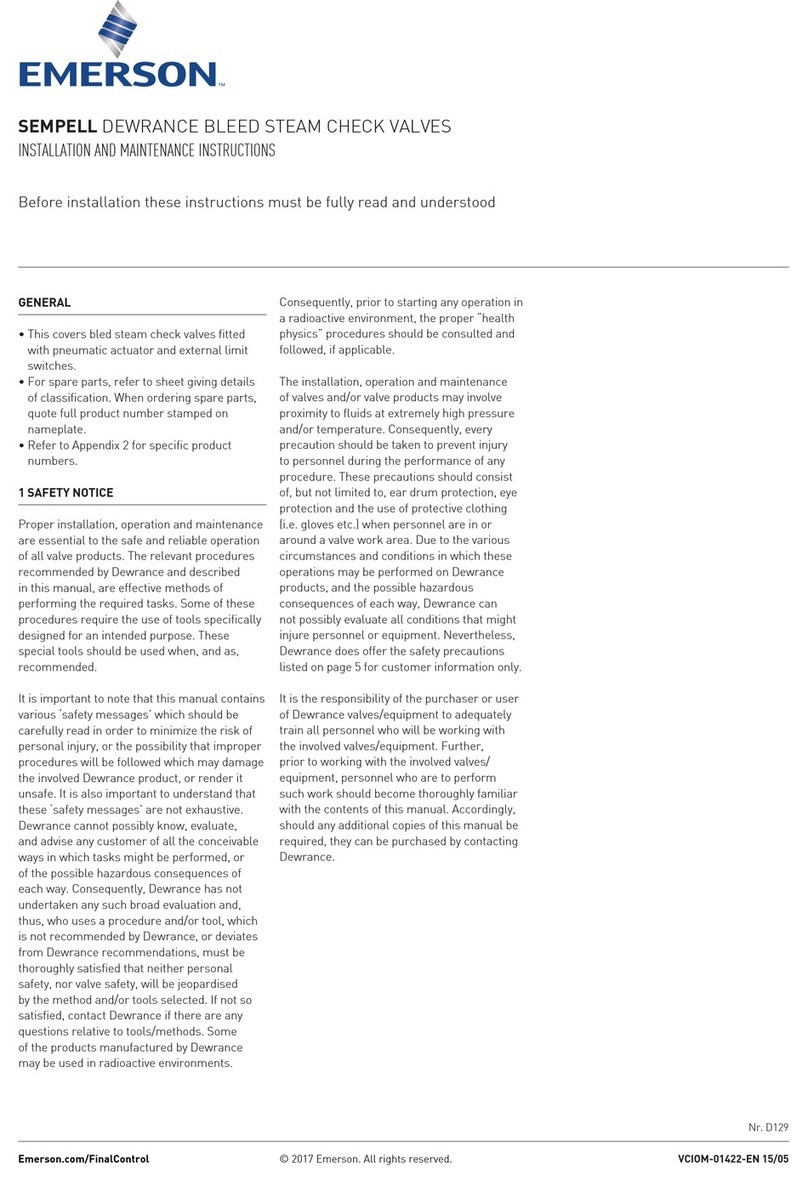
Emerson
Emerson SEMPELL User manual
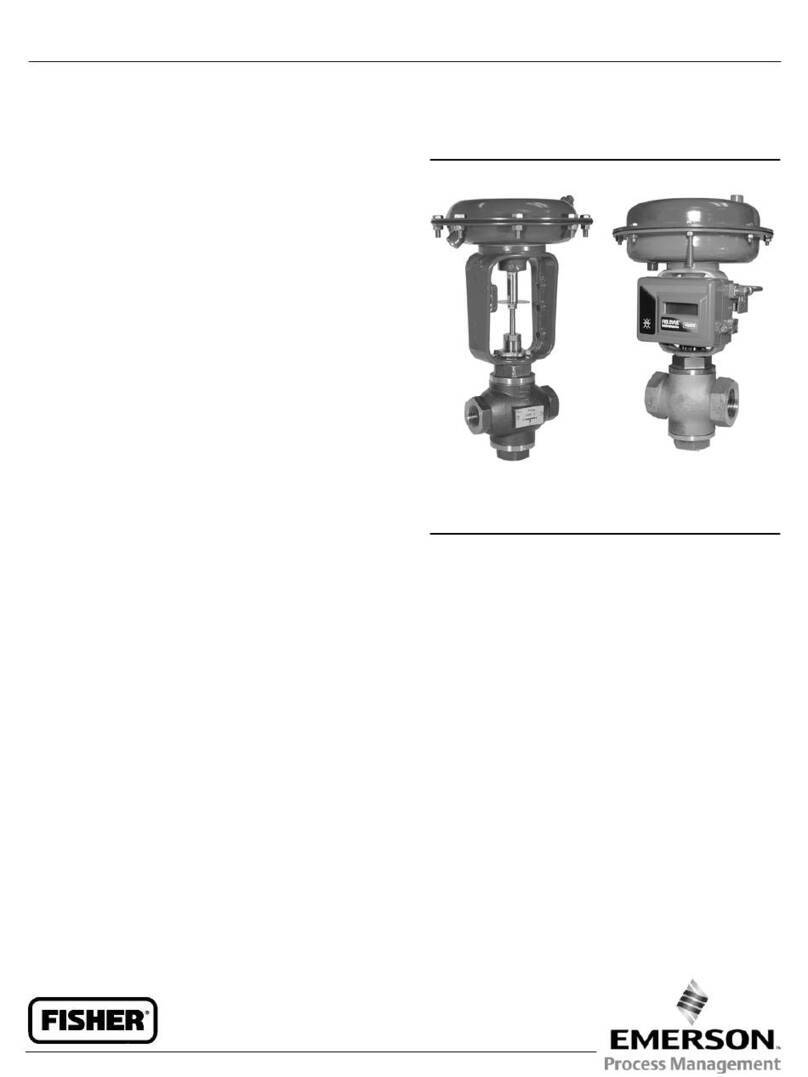
Emerson
Emerson Fisher Baumann 24003 User manual

Emerson
Emerson Yarway Manual
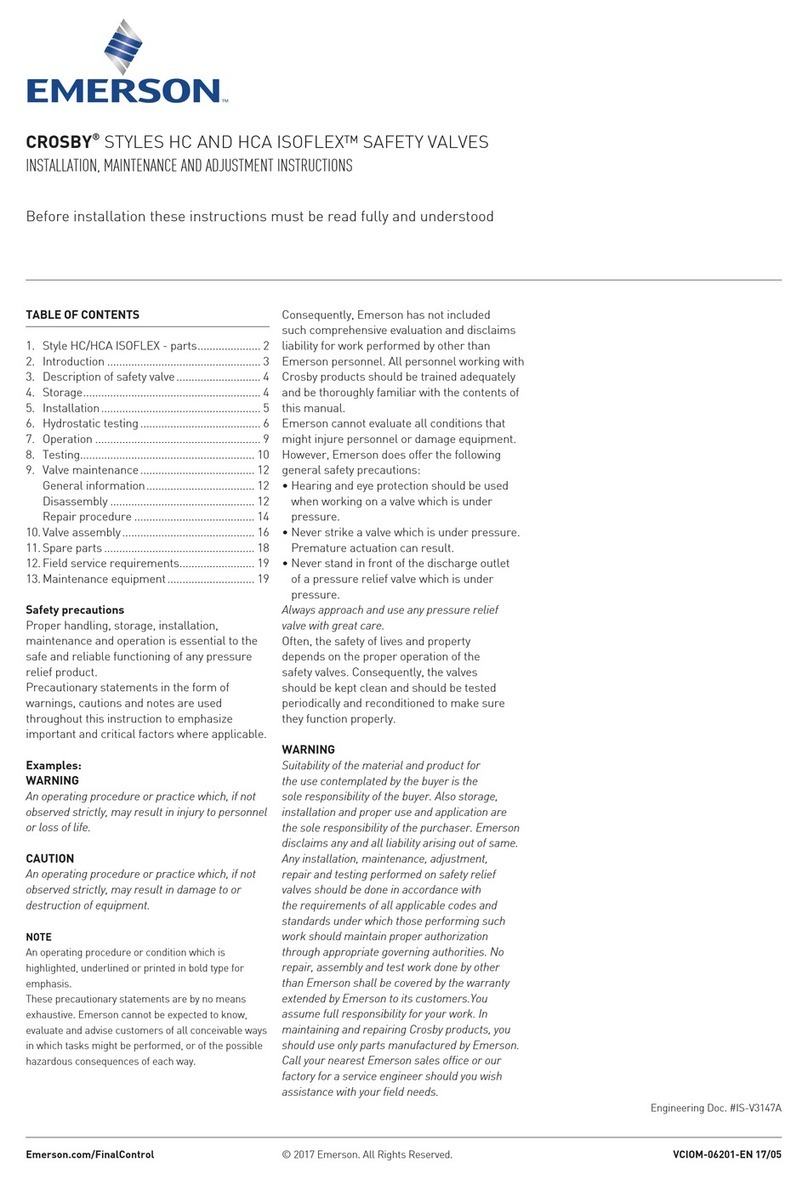
Emerson
Emerson CROSBY STYLE HC ISOFLEX Guide
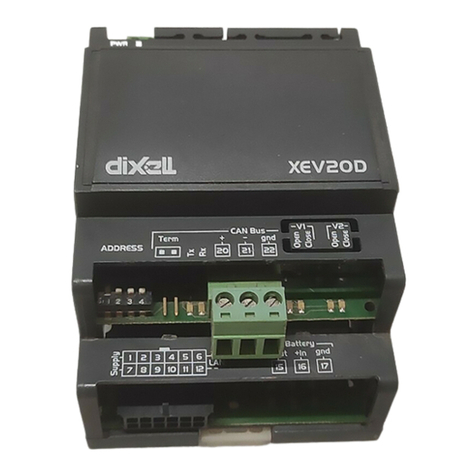
Emerson
Emerson Dixell XEV20D User manual

Emerson
Emerson Alco Controls Thermo-TX7 User manual
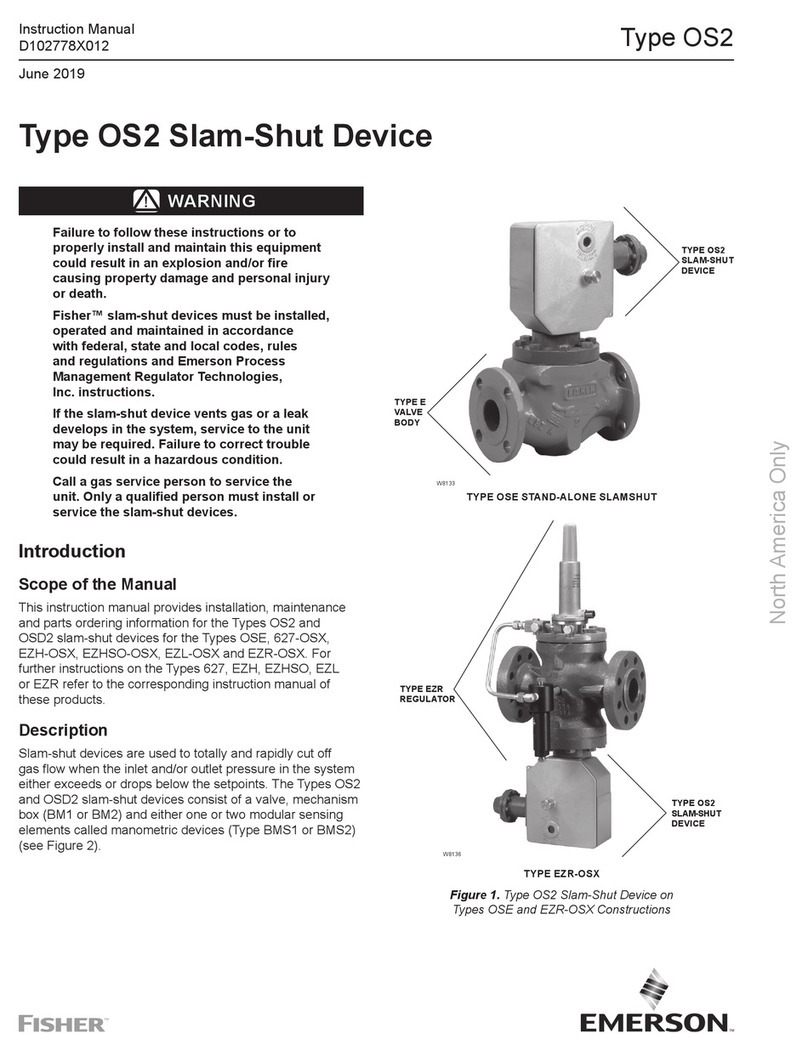
Emerson
Emerson Fisher OS2 User manual
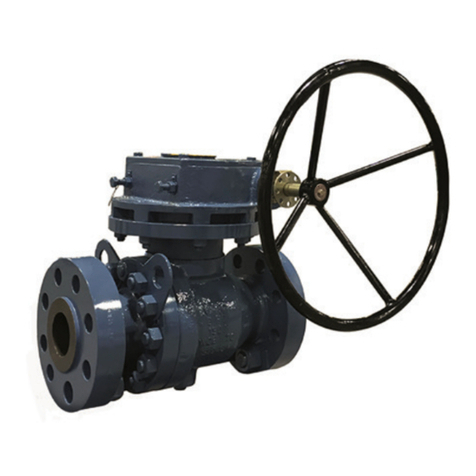
Emerson
Emerson KTM VIRGO N Series Manual

Emerson
Emerson Clarkson ZP300 User manual

Emerson
Emerson Rosemount ET410 User manual

Emerson
Emerson Keystone Figure 56 User manual
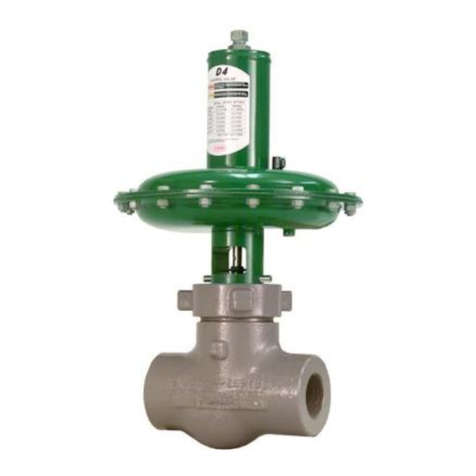
Emerson
Emerson Fisher D4 User manual

Emerson
Emerson Fisher EZL Series User manual
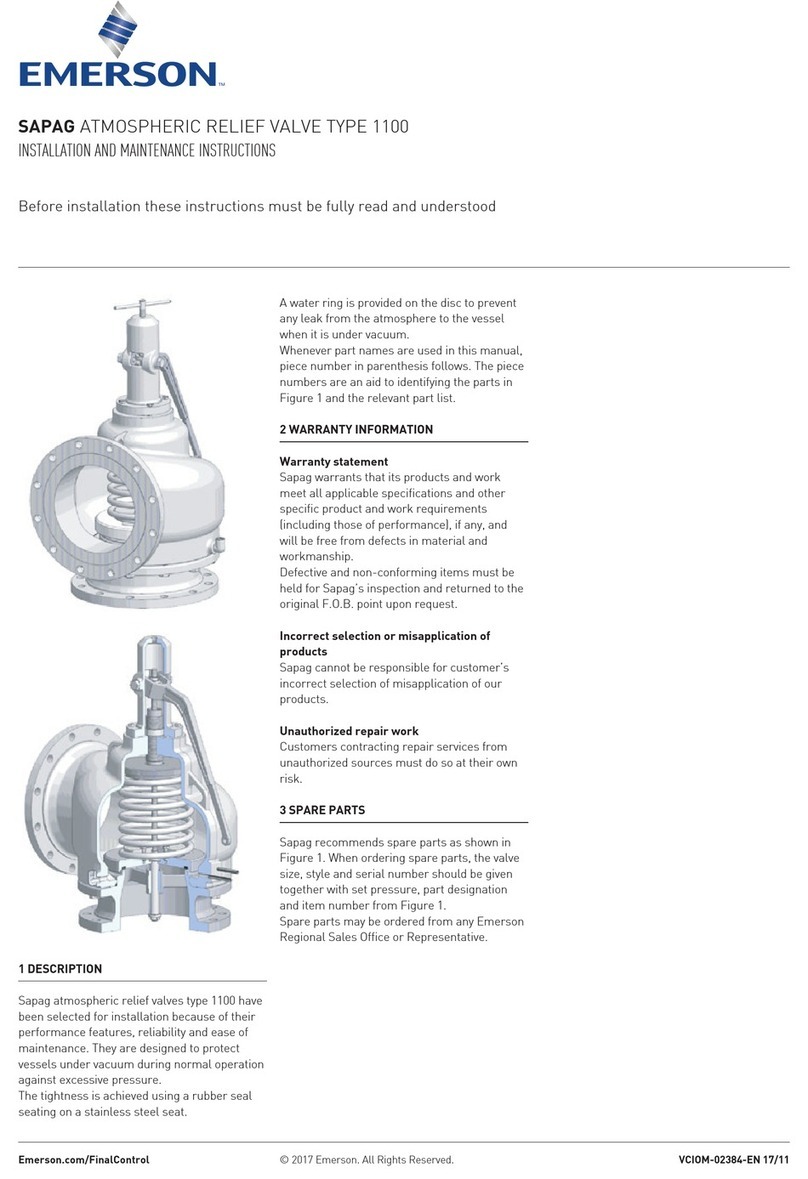
Emerson
Emerson Sapag 1100 User manual

Emerson
Emerson Anderson Greenwood 9300 Series User manual
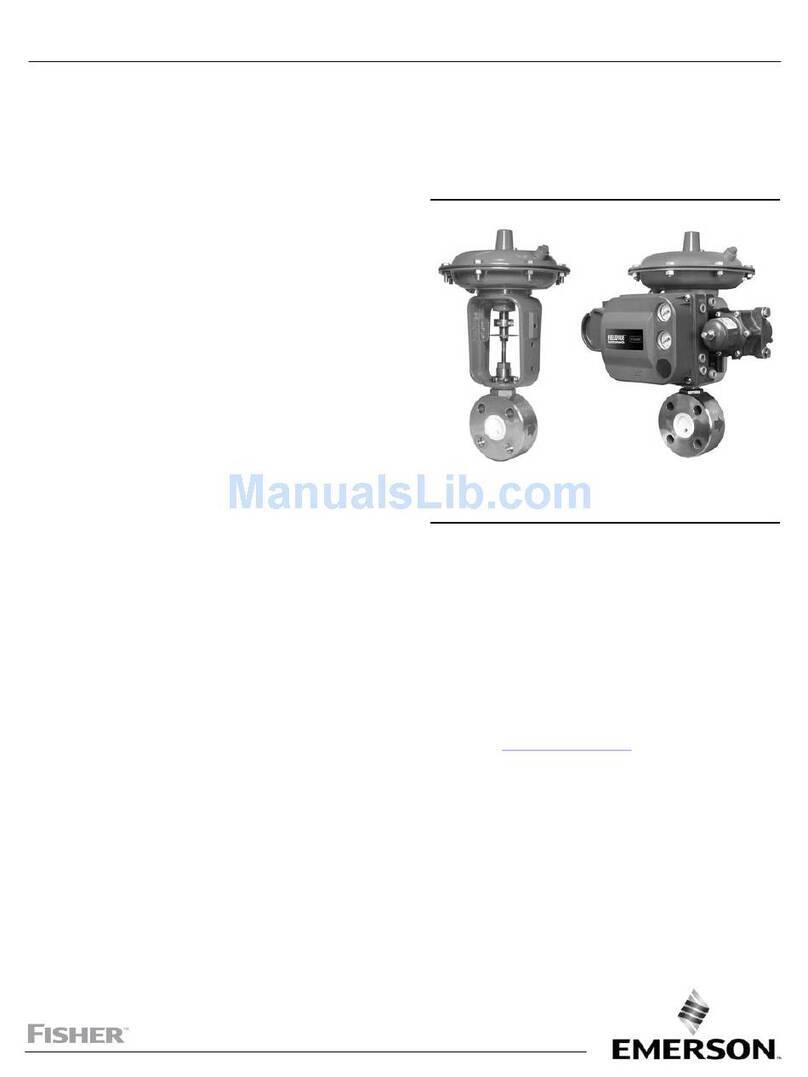
Emerson
Emerson Fisher Baumann 26000 User manual
Popular Control Unit manuals by other brands

Festo
Festo Compact Performance CP-FB6-E Brief description

Elo TouchSystems
Elo TouchSystems DMS-SA19P-EXTME Quick installation guide

JS Automation
JS Automation MPC3034A user manual

JAUDT
JAUDT SW GII 6406 Series Translation of the original operating instructions

Spektrum
Spektrum Air Module System manual

BOC Edwards
BOC Edwards Q Series instruction manual

KHADAS
KHADAS BT Magic quick start

Etherma
Etherma eNEXHO-IL Assembly and operating instructions

PMFoundations
PMFoundations Attenuverter Assembly guide

GEA
GEA VARIVENT Operating instruction

Walther Systemtechnik
Walther Systemtechnik VMS-05 Assembly instructions

Altronix
Altronix LINQ8PD Installation and programming manual
